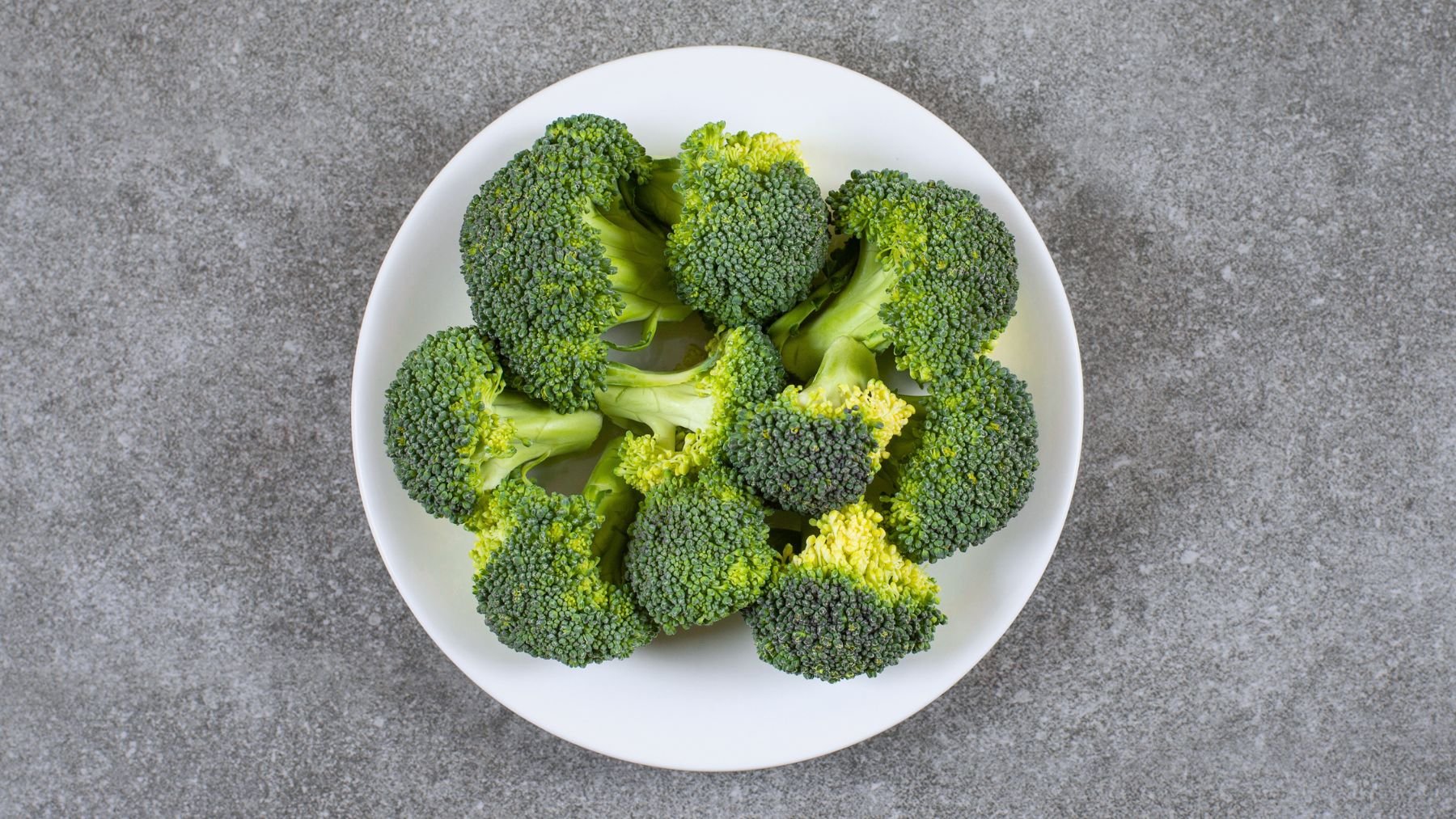While it may sound off-putting, encountering tiny insects or traces of dirt in fresh produce is a common occurrence. A thorough washing effectively removes these undesired guests—as well as microscopic soil particles and lingering grit—ensuring your broccoli is pristine and safe for consumption.
Here, we’ll cover the most effective method for washing broccoli to ensure it is completely free from contaminants and unwanted residues. We will also discuss how to select the freshest broccoli heads and review the best practices for storing or freezing them to maintain optimal quality. At the heart of these techniques is a simple soaking process using a well-known kitchen ingredient.
The best method for washing broccoli thoroughly
Holding broccoli under running water alone often fails to dislodge stubborn dirt, minute insects, or worm eggs hidden deep within the intricate folds of the florets. For a more comprehensive clean, soaking is the most reliable approach. Follow these detailed steps to ensure every nook and cranny is addressed.
Fill a large bowl or a cleaned sink basin with cold water, and add white vinegar at a ratio of one part vinegar to every three parts water. Submerge the entire head of broccoli in the solution, ensuring the florets face downward so that the cleaning liquid reaches every crevice.
Allow the vegetable to soak undisturbed. While a minimum of five minutes initiates the process, extending the soak to 15-20 minutes is ideal for tackling persistent dirt and eradicating hidden pests. In this method, vinegar serves as a natural disinfectant, loosening contaminants, residual pesticides, and soil deposits from the broccoli.
After the soaking period, carefully lift the broccoli from the solution and rinse it under cold, running water. Make sure to wash every part, allowing the water to flow into all the crevices of the florets to remove dislodged debris and any residual vinegar flavor. If you’re washing pre-cut florets, using a colander can be very effective.
Finally, gently pat the broccoli dry with clean paper towels or a kitchen cloth, which removes any remaining grit and prepares the vegetable for cooking or storage. At this point, your broccoli is impeccably clean and ready to use.
Tips for selecting and keeping broccoli fresh
Look for broccoli that is deep green, firm, and compact. Avoid heads with yellowish florets, sliminess, or significant signs of damage. The stems should be crisp rather than rubbery, which confirms their freshness and nutrient retention.
- Don’t wash before storing: Wash them only immediately before you plan to use or freeze them. Premature washing introduces extra moisture that can accelerate spoilage in the refrigerator and diminish its freshness, similar to what happens with fruits such as strawberries.
- Fridge storage: When storing broccoli in the fridge, keep it unwashed and loosely wrapped in a perforated plastic bag or placed in the crisper drawer to allow for proper airflow. A container designed with ventilation works well, too.
- Freezing for later: Cut it into florets, boil for three minutes, and immediately plunge them into ice water to halt the cooking process. After draining, dry the florets completely to prevent freezer burn. Pack the dry florets in airtight freezer bags or containers, making sure to remove excess air. Although it is possible to freeze broccoli without blanching, skipping this step may compromise both texture and nutrient retention.
Following these steps not only guarantees that your broccoli is safe and clean when consumed, but it also helps maintain its fresh flavor, whether you cook it tonight or take it from the freezer next month.
